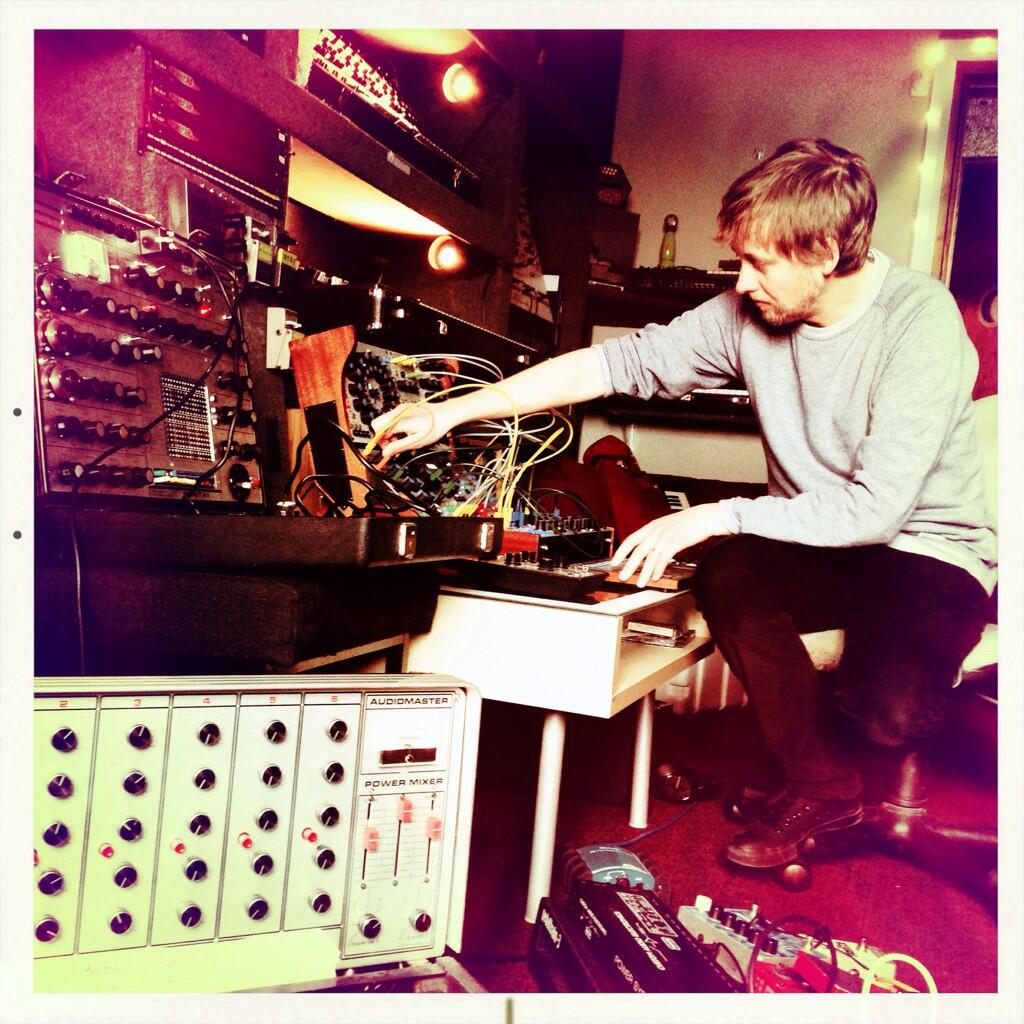Back in January I completed the sound design for a series of 10 second branding idents, directed by Chris Turner, for the Horror Channel. I'm excited to say that they have now launched, so tune in to see/hear them. Sound wise they are a mix of electronic sound design and foley (thanks to Sue Harding for the fire advice) and I had a lot of fun conjuring up suitably dark sounds on the Buchla Electric Music Box and Oberheim OB-6, of which the latter features heavily in this production.
““When Stanley Kubrick and Diane Johnson were writing the screenplay for ‘The Shining’ they kept referring to Sigmund Freud’s book ‘The Uncanny’; a book which explores the way an image or scene where something is not quite right can make the skin crawl and quicken the pulse in a much more visceral way than mere shock and gore. We took the same approach. Each of our idents provides the thrill Horror fans love without ever making the source of that emotion explicit.””



